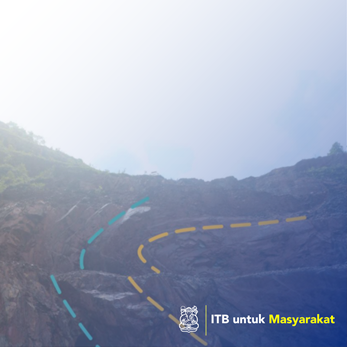

Arie Naftali Hawu Hede
Reflectance spectroscopy is used to determine mineral species in the laboratory and as a basis for the optical remote sensing method, which is used to create mineral distribution maps in a particular area. This paper describes the use of reflectance spectroscopy for the identification of granitoid-related mineralization. Visible near-infrared (VNIR) and shortwave infrared (SWIR) within the range of 350 to 2,500 nm were utilized in this research project. The Analytical Spectral Devices FieldSpec4 was used as a spectrometer to obtain reflectance data from samples taken from various locations in the granitic rock environment in the “Tin Island” in Bangka, Indonesia. Reflectance data values were smoothed using a Savitzky-Golay filter, and the graph results were analyzed using the Spectral Geologist and SPECMIN programs to identify the minerals contained in the samples. Both programs use unique characteristics; i.e., they analyze absorption features that occur in the VNIR and SWIR regions of the spectral pattern. The results of the reflectance spectroscopy were validated using X-ray diffraction for mineral identification, element content analysis, and microscopic observation. The mineral composition results based on the spectral analysis were in line with the results derived using other methods. Moreover, these spectra can be used in remote sensing analysis for mineral distribution mapping.
Penerapa Karya Seni/Desain/Arsitektur/Perencanaan Wilayah, Penerapan Karya Tulis
Pada pelaksanaan analisis laboratorium memang mendapat sedikit hambatan berupa diperlukan waktu yang cukup lama. Hambatan tersebut mengingat analisis laboratorium yang menggunakan jasa laboratorium service di luar ITB sehingga tidak dapat dikontrol oleh pelaksana kegiatan Pengabdian Masyarakat.